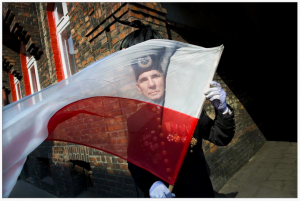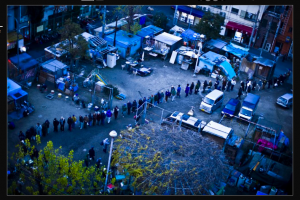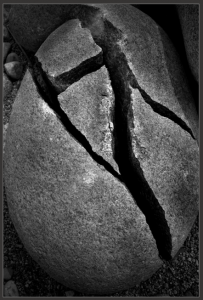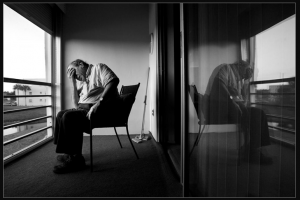Subscribe to ShahidulNews
MI6 consulted David Miliband on interrogations
Former foreign secretary was consulted before 'difficult' attempts to gather information from detainees in certain countries
Ian Cobain in London and Fariha Karim in Dhaka
guardian.co.uk, Tuesday 21 September 2010 22.10 BST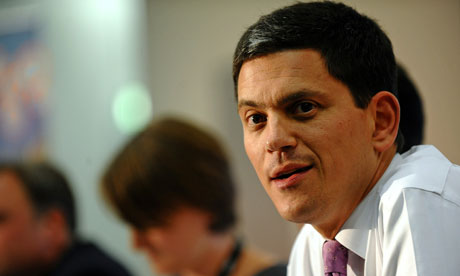
?In God we trust?
Munem Wasif / Agence VU for Fabrica
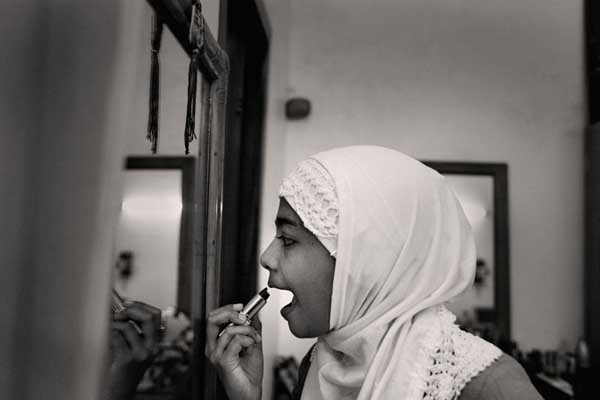 Munem Wasif has been steadily pursuing the work which established his reputation from his very first pictures. He continues to work in his own country, Bangladesh, and while he travels to present exhibitions and give talks, he feels he must report on situations seen from the inside; and since September 11, Islam has become a central issue, seen from the outside, in the context of the ?War on Terror,? leading to problems and prejudice.
Wasif, as a bearded Bangladeshi, says he has often been aware of the way people look at him with suspicion or even hostility, for example in the Paris underground, and even more so with immigration police checking passports. This is striking as external signs such as the headscarf, cap or beard can often be interpreted as signs of fundamentalism and therefore danger, rather than as a sign of cultural identity. (?)
Munem Wasif has been steadily pursuing the work which established his reputation from his very first pictures. He continues to work in his own country, Bangladesh, and while he travels to present exhibitions and give talks, he feels he must report on situations seen from the inside; and since September 11, Islam has become a central issue, seen from the outside, in the context of the ?War on Terror,? leading to problems and prejudice.
Wasif, as a bearded Bangladeshi, says he has often been aware of the way people look at him with suspicion or even hostility, for example in the Paris underground, and even more so with immigration police checking passports. This is striking as external signs such as the headscarf, cap or beard can often be interpreted as signs of fundamentalism and therefore danger, rather than as a sign of cultural identity. (?)
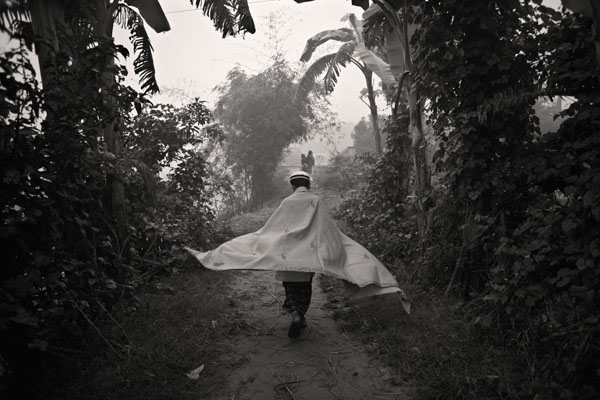
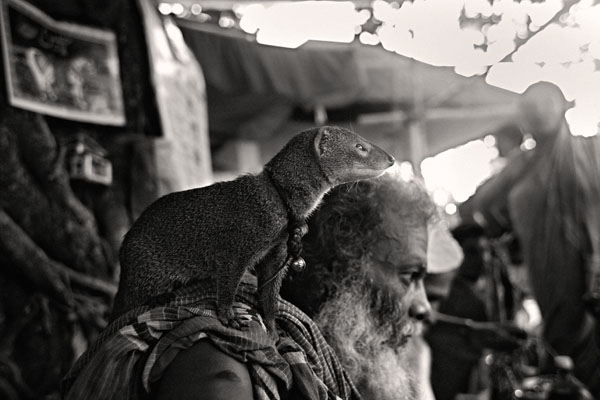 ?Our hearts and minds, and even our visual constructs are now occupied by Western thoughts and ideas that give the impression that madrasahs are the cradle of terrorism. But the life of children in madrasahs is much the same as the life of other children: they play in wide open spaces, read books, sing out loud and play badminton enthusiastically. In Bangladesh, Islam is like the many colors produced by a mirror in the sunlight. There are both headscarves and lipstick, and we wear jeans as well as having a beard. [?] In our country people pray at graves without thinking about reincarnation, but there are also fakirs and saints in mazars who continue to sing and pray for eternal peace.?
?Our hearts and minds, and even our visual constructs are now occupied by Western thoughts and ideas that give the impression that madrasahs are the cradle of terrorism. But the life of children in madrasahs is much the same as the life of other children: they play in wide open spaces, read books, sing out loud and play badminton enthusiastically. In Bangladesh, Islam is like the many colors produced by a mirror in the sunlight. There are both headscarves and lipstick, and we wear jeans as well as having a beard. [?] In our country people pray at graves without thinking about reincarnation, but there are also fakirs and saints in mazars who continue to sing and pray for eternal peace.?
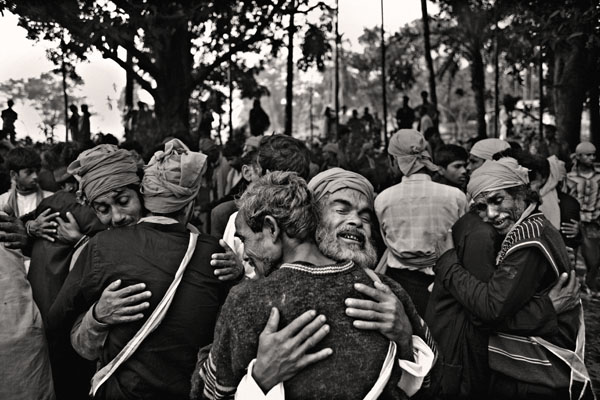
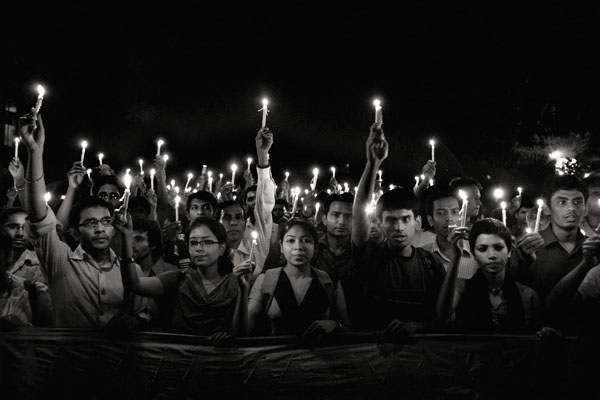 Wasif frames his shots very strictly but with flexibility, paying special attention to light; he likes contrasts and there is great elegance in the composition of his works, both classical and discerning. This produces strong visual logic in his stories, making them compelling without being demonstrative. He shows us the presence of Islam as it is in the life of people, not as a sign of oppression.
Wasif frames his shots very strictly but with flexibility, paying special attention to light; he likes contrasts and there is great elegance in the composition of his works, both classical and discerning. This produces strong visual logic in his stories, making them compelling without being demonstrative. He shows us the presence of Islam as it is in the life of people, not as a sign of oppression.
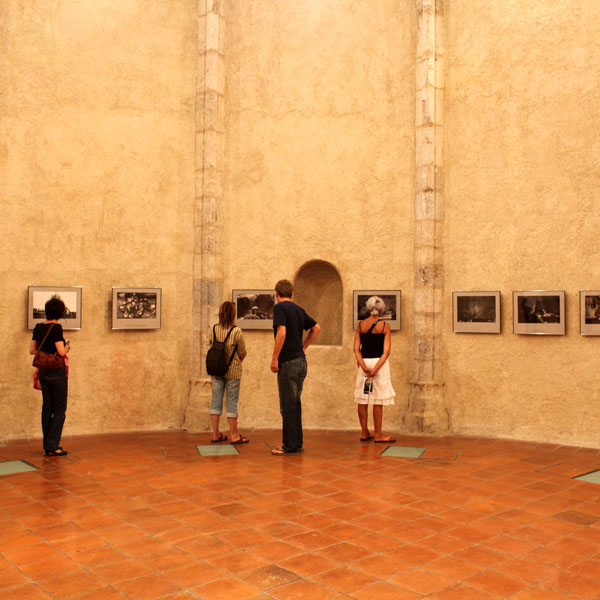
Christian Caujolle
Visa pour l?image, Perpignan International festival of photojournalism
28th August to 12 September, 2010.
"Capturing the Cultural Narrative."
A lecture by David Bathgate
02 September Thursday 11:00 - 13:00
At Pathshala South Asian Media Academy
David Bathgate studied anthropology and joumalism at the Pennsylvania State University in the U.S., eaming a doctorate and masters degree, respectively, in those two disciplines. Today, David works regularly in Asia and the Middle East, as well as Europe, for publications such as Time, Newsweek, Geo, Stem, Focus and The London Sunday Times Magazine. In addition, he regularly conducts workshops and seminars on photography, photojournalism and visual communication in places like Dharamshala, India and at institutions like, Foundry Photojournalism Workshop, Pathshala - South Asian Insitute of Photograpy, in Dhaka, Bangladesh and AINA in Kabul, Afghanistan. He is represented by Corbis Images (Paris Bureau).GMB Akash in Matera, Italy

Survivor, an exhibition by GMB Akash, runs at the Galleria di Porta Pepice in Matera, southern Italy, from 14th September to 31st December 2010.
Akash winner (ex-aequo) of the Vevey International Photography Awards 2009-2010.
Born to Workis an intrusion into the world, as secret as it is horrifying, of child labour in Bengladesh. From the young prostitutes of the streets of Dakha to the garbage collectors no more than three feet tall, G.M.B. Akash's desire is not limited to denouncing by the means of photography. He also wishes to illustrate the complexity of a situation: from the poverty of parents that need an additional salary to the factory director that must produce at lower cost for his Western clients, its causes are multiple.
"Generation in Transition"
You are cordially invited at the presentation session titled ?Generation in Transition? by twelve young photographers. This session is curated by Munem Wasif. The presentation will be followed a critical discussion by Abir Abdullah, Tanzim Wahab and Munem Wasif. 1. Finding Neverland - Jannatul Mawa 2. A Hall Full of ?Cinema? -Kauser Haider 3. Desperate Urbanization- Rasel Chowdhury 4. High Life -Md. Anisul Haque 5. A Corridor of Memories - Syed Ashraful Alam 6. Frozen Spaces - Adnan Wahid 7. My City of Unheard Prayers - Syed Asif Mahmud 8. Shelter and Guide - Soumitra Barua 9. Haunted - Tamim Jamshed 10. Fatalistic Tendency - Tushikur Rahman 11.Tales of the Night - Protik Sarker 12.Confession of a Fragile Existence - Arifiur Rahman The show will take place at Pathshala, Tuesday Evening , August 10, 2010 from 4.00 pm to 8:00 pm. The seats are limited, we are humbly requesting you to come at sharp time. Pathshala South Asian Media Academy 16, Sukrabad, Panthapath, Dhaka-1207, Bangladesh Dhaka, BangladeshPresentation by Jonas Bendiksen
Pathshala, South Asian Media Academy
Sunday, 08 August 2010,?5.00pm ? 7.00pm
Jonas Bendiksen is Norwegian and was born in 1977. He began his career at the age of 19 as an intern at Magnum's London office, before leaving for Russia to pursue his own work as a photojournalist. Throughout the several years he spent there, Bendiksen photographed stories from the fringes of the former Soviet Union, a project that was published as the book Satellites (2006).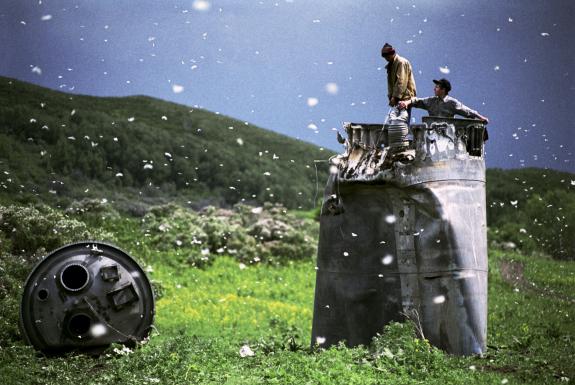 Here and elsewhere, he often focuses on isolated communities and enclaves. In 2005, with a grant from the Alicia Patterson Foundation, he started working on The Places We Live, a project on the growth of urban slums across the world, which combines still photography, projections and voice recordings to create three-dimensional installations.
Here and elsewhere, he often focuses on isolated communities and enclaves. In 2005, with a grant from the Alicia Patterson Foundation, he started working on The Places We Live, a project on the growth of urban slums across the world, which combines still photography, projections and voice recordings to create three-dimensional installations.
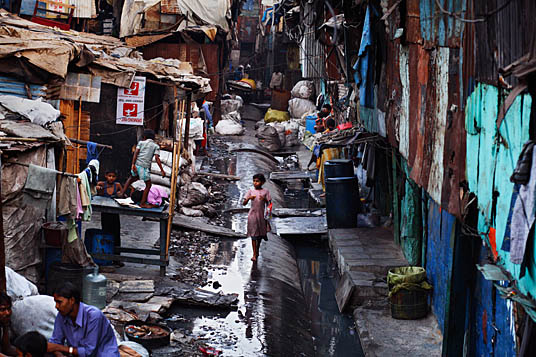 Bendiksen has received numerous awards, including the 2003 Infinity Award from the International Center of Photography, New York, and second place in the Daily Life Stories for World Press Photo, as well as first prize in the Pictures of the Year International Awards. His documentary of life in a Nairobi slum, Kibera, published in the Paris Review, won a National Magazine Award in 2007.
Bendiksen has received numerous awards, including the 2003 Infinity Award from the International Center of Photography, New York, and second place in the Daily Life Stories for World Press Photo, as well as first prize in the Pictures of the Year International Awards. His documentary of life in a Nairobi slum, Kibera, published in the Paris Review, won a National Magazine Award in 2007.
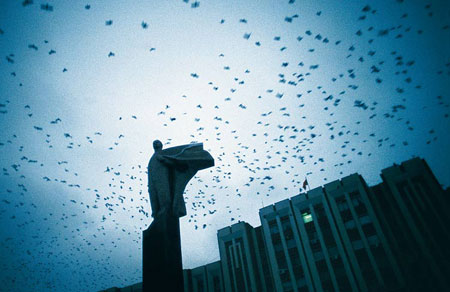
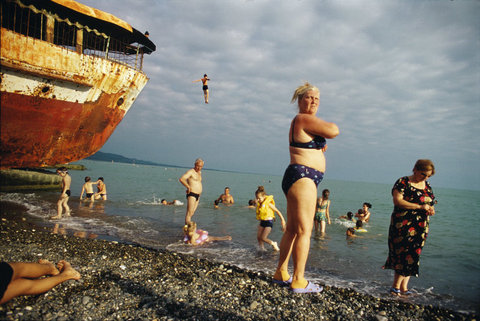 His editorial clients include National Geographic, Geo, Newsweek, the Independent on Sunday Review, the Sunday Times Magazine, the Telegraph Magazine, and the Rockefeller Foundation.
He lives in Oslo with his wife, Laara, and son, Milo.
His editorial clients include National Geographic, Geo, Newsweek, the Independent on Sunday Review, the Sunday Times Magazine, the Telegraph Magazine, and the Rockefeller Foundation.
He lives in Oslo with his wife, Laara, and son, Milo.
Julia Margaret Cameron Award
Documentary and Editorial:?THIRD PRIZE
Taslima Akhter, Bangladesh, "Life & Struggles of garments' workers 06"
[caption id="attachment_8296" align="aligncenter" width="600" caption="Najma Akhter, 23, a garment worker , is sleeping with entire family - her children, her parents and her siblings. Altogether, 11 family members share this one room. Mirpur, Dhaka, Bangladesh. ??Taslima Akhter"]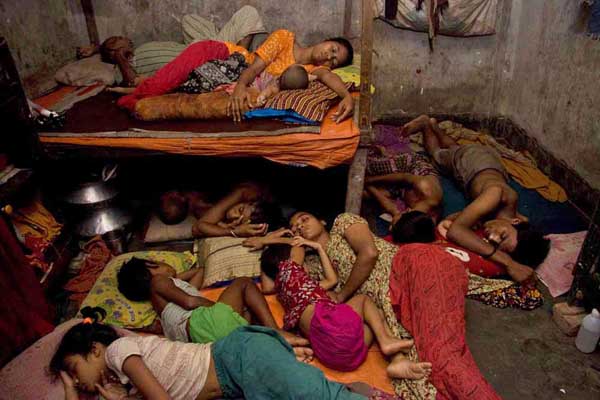 [/caption]
[/caption]
Andrew Biraj wins SAJA 2010 Journalism Award
WINNER: Category 6
Outstanding photograph about South Asia, or South Asians in North America (single or series)
[caption id="attachment_8292" align="aligncenter" width="600" caption="A woman sits between carriages as the train travels to Mymensing from Dhaka September 20, 2009. Millions of residents in Dhaka are travelling home from the capital city to celebrate the Muslim Eid al-Fitr holiday today, which marks the end of the fasting month of Ramadan. REUTERS/Andrew Biraj "]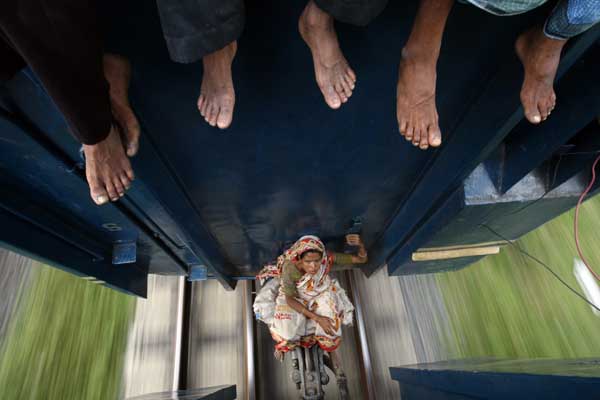 [/caption]
[/caption]
'Stone Women' published in Economica
The International Museum of Women
By Khaled Hasan
Photographer Khaled Hasan depicts a stone mining community in Jaflong, Bangladesh, where the unregulated industry is harming the environment and leading to exploitative conditions for workers.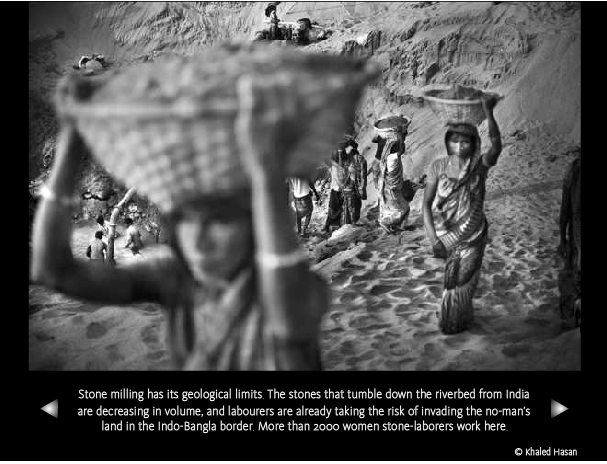 Stone mining is one of the leading industries for the small community in Jaflong in eastern Bangladesh. During the monsoon season, the river currents wash down precious rocks and pebbles from India into the Jaflong area. At dawn every day, more than a hundred little boats with laborers enter the Piyain River, buckets and spades in hand, collecting stones that will be ground up and sold to create concrete.
Stone mining is one of the leading industries for the small community in Jaflong in eastern Bangladesh. During the monsoon season, the river currents wash down precious rocks and pebbles from India into the Jaflong area. At dawn every day, more than a hundred little boats with laborers enter the Piyain River, buckets and spades in hand, collecting stones that will be ground up and sold to create concrete.
In this series of images, I wanted to represent the hassles, hard work, and happy moments of this marginalized part of society.
Khaled Hasan
---------------------
Photography Exhibit Opens July 6 in Boston
"CRISIS & OPPORTUNITY:?DOCUMENTING THE GLOBAL RECESSION"
at the Photographic Resource Center, Boston, MA
WHO: ?Featuring Work by Call for Entries Winners: First Prize Winner: Tomasz Tomaszewski (Poland)
Honorable Mentions: ?Khaled Hasan (Bangladesh), Shiho Fukada (Japan), and Michael McElroy (USA)
WHERE: Photographic Resource Center, 832 Commonwealth Ave., Boston, MA
Exhibition runs July 6-August 8, 2010
WHEN: ?Opening Reception
Thursday, July 15, 2010. Open to the public.
5:30 pm - 7:30 pm
Competition judges included: ?Award winning photographers Lori Grinker, Ed Kashi, Lucian Perkins, and Shahidul Alam; Craig Cohen of powerHouse Books; and Whitney Johnson, Photo Editor of the New Yorker magazine.'
WHAT: This exhibition of work by four photographers was organized in 2009 by SocialDocumentary.net. Judges reviewed projects focused on the topic of the global economic collapse. Crisis and Opportunity features work by Tomasz Tomaszewski of Poland, the first prize winner, and by Khaled Hasan of Bangladesh, Shiho Fukada of Japan, and Michael McElroy of the United States. The exhibition demonstrates the ripples felt worldwide by individuals subject to overwhelming life changes due to unseen economic forces.
First Place Winner
The Labendy Factory was once a flagship of Polish heavy industry. Today it has?lost more than 70% of its workers. Photo by Tomasz Tomaszewski
Specializing in press photography, Tomasz Tomaszewski has had his photos published in the world's major magazines appearing in several dozen countries: Stern, Paris Match, Geo, New York Times, Time, US News & World Report, and numerous others. He has also authored a number of books - including Remnants, The Last Jews of Poland; Gypsies, The Last Once; In Search of America; and has co-illustrated over a dozen collective works. His numerous individual exhibitions have been held in the U.S., Canada, Israel, Japan, Madagascar, the Netherlands, Germany, France, Italy and Poland. He is the winner of Polish and international awards for photography. For over twenty years, he has been a regular contributor to National Geographic Magazine, where 18 of his photo essays have been published. Tomaszewski teaches photography in Poland, the U.S., Germany, and Italy.
This series of photographs, Hades ?, was taken from March through August 2009. Tomaszewski's pays homage to people performing hard manual labor, the workers who once were very proud of their positions and are now losing their jobs due to changes in the global economy from the recession.
Tomaszewski chose Upper Silesia, Poland, where the work ethos, traditions, and related customs are most alive and colorful. In recent years, half of the existing coal mines in this region were shut down, as well as 70% of the heavy industry. Very little is done by the state to help those who have lost their jobs.
Click here to view the exhibit.
Honorable Mentions
End of Labor: Dumping Ground of Old Men in Japan
Photographs by Shiho Fukada
"It's a sad tale told with clarity, visual intelligence and emotion."
-Ed Kashi, Judge and SDN Advisor
Shiho Fukada is a freelance photographer based in Beijing. She is a native of Tokyo with a degree in English literature, and worked in the fashion and advertising industries in New York before becoming a photojournalist in 2004. Her work has been featured in numerous publications internationally including the New York Times. She moved to Beijing in February 2009.
Once a thriving day laborer's town in Osaka, Kamagasaki today is home to about 25,000 mainly elderly day laborers, with an estimated 1,300 who are homeless. It used to be called a "laborer's town" but now it's called a "welfare town," a dumping ground of old men. Alcoholism, poverty, street death, suicide, TB and most of all, loneliness, prevail here. These men don't have family ties and live and die alone as social outcasts from the mainstream "salary man" culture. Labor towns, like Kamagasaki, are on the verge of extinction in Japan. According to the most recent government report, Japan's economy, the world's second largest, is deteriorating at its worst pace since the oil crisis of the 1970s, setting off more unemployment among the young and educated and layoffs among large corporations. It is even more hopeless for graying men of the construction industry here to find work.
Click here to view the exhibit.
Living Stone: A community losing its life
Photographs by Khaled Hasan
Alfaj Hossain is a stone collector living in Banglabazar, two and a half kilometers from Jaflong. He either walks or takes a boat ride from his home to work. Every?day he collects three boats full of stones and earns 150 taka ($2.17) per boat.
Photo by Khaled Hasan
Born in 1981, Khaled Hasan began his career as a photographer in 2001. He is a graduate of the South Asian Institute of Photography. His goals have always been to document a culture with his photographs and to be a messenger of the community.?He works as a freelance photographer and has been published in Sunday Times Magazine, American Photo, National Geographic Society, Better Photography, Saudi Aramco World Magazine and others. His awards include the 2008 All Roads Photography Program of National Geographic Society; Alexia Foundation Student Award (Award of Excellence); ?2009, Grand Prix winner of "Europe and Asia - Dialogue of Cultures" organized by Museum of Photography (Russia); Mark Grosset Documentary Prize 2009 exhibited in Les Promenades Photographiques Festival 2009 in France, and others. His photographs have also been exhibited widely around the world.
This story is about a hard working community of Jaflong located on the northeastern part of Bangladesh. At dawn every day, more than a hundred little boats with laborers enter the Piyain River, buckets and spades in hand. This is one trade which has a geological limit. The stones that tumble down the riverbed from India are decreasing in volume and the laborers are already taking the risk of invading the no-man's land along the Indo-Bangla border, a contested area between Bangladesh and India. Many laborers were killed by Indian Border Security Force in that area. More than 5,000 men, women and child stone-laborers are engaged here. Uncontrolled and unstoppable, stone extracting and crushing at Jaflong has been posing a serious threat to public health, and to the environment and agriculture in the area.
An American Nightmare
Photographs by Michael McElroy
"A very touching, memorable story that brings the issue of healthcare and the impact of the recession to the forefront, " said Lori Grinker, judge and SDN Advisor
Michael F. McElroy is a contract photojournalist based in Miami, FL and represented by Zuma and Wonderful Machine. His work encompasses news, portraits, documentary and urban landscapes. McElroy spent 2008 covering the presidential elections and in 2009 he has been working on stories about the economic crisis and how it affects people and the American landscape.
His work has been published in The New York Times, The Wall Street Journal, The LA Times, Monocle, Wallpaper, Revue,The Guardian, Associated Press, Black Enterprise, Ad Week, Esquire, Zoo Weekly and other national and international magazines.
His awards include Pictures of the Year, Ernest Haas Awards, American Photo, Society for News Design Annual Creative Competition, Editor & Publisher, Communication Arts Photo Annual, and Atlanta Photojournalism.
McElroy's winning exhibit, An American Nightmare, focuses on the problem of affordable healthcare in the U.S. and loss of dignity. Across the country more and more people are falling through the cracks, losing their homes, jobs, and healthcare. There was a time when we believed in the American dream and the pursuit of a better life. Unfortunately that dream has become a nightmare for countless families who have seen everything they've worked so hard for slowly slip away. ?Howard Mallinger is one of those Americans whose dream has been shattered. This is his story.
About SDN
SocialDocumentary.net (SDN) uses the power of photography to promote global awareness. SDN's members include photographers, NGOs, journalists, editors, and students who create and explore documentary websites investigating critical issues facing the world today. Recent exhibits have explored oil workers in the Niger River Delta, male sex workers in India, Central American immigrant women during their journey north, and Iraqi and Afghan refugees in Greece. SDN was launched in October 2008. Glenn Ruga is the founder. SDN is based in Lowell, MA
